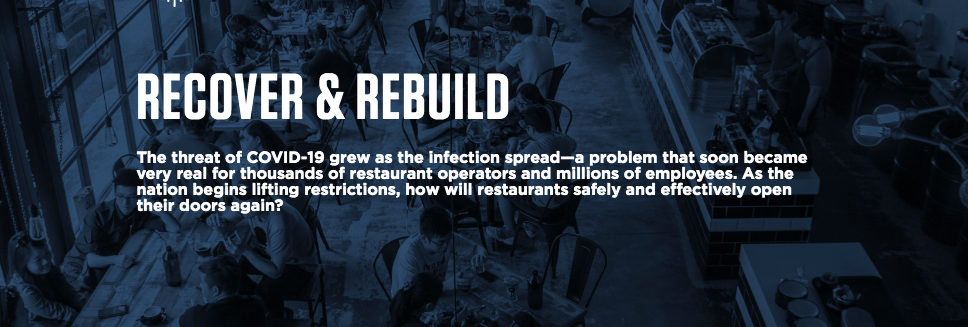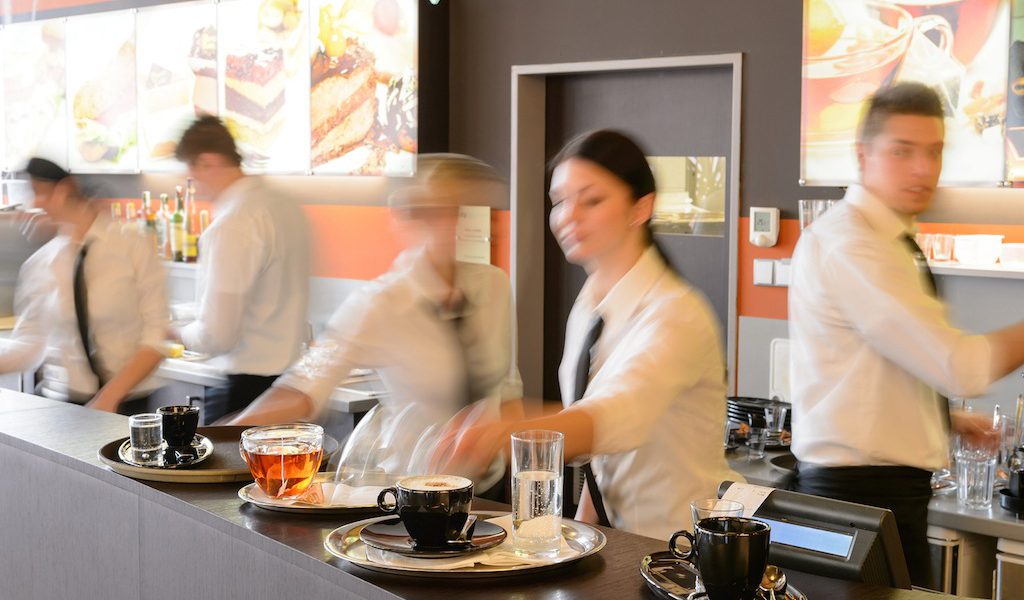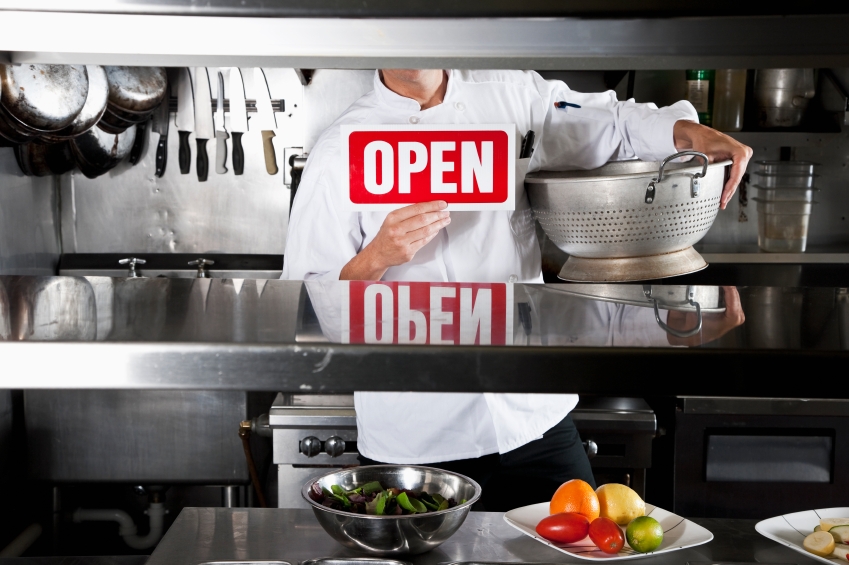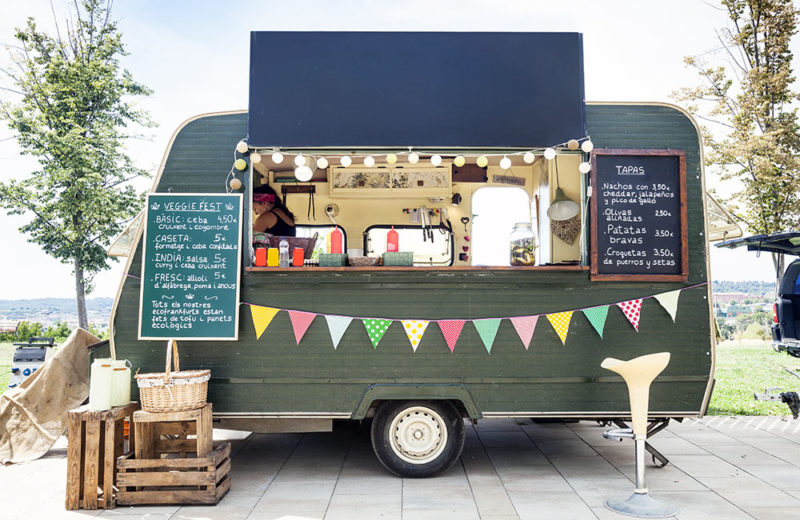If you own a restaurant or food service business that gives you the opportunity to offer catering services, there are virtually no limits to the number and types of events you can attend. You just have to be willing to think outside the box….and away from from your fixed restaurant real estate location.
Rita’s Italian Ice of San Jose provides a stellar example of how a franchise can maximize their catering revenue. Shortly after opening the brick and mortar location, the owners sought community events at which to bring their food truck or set up a booth. But instead of limiting their options to events that were actively seeking food vendors, such as food festivals, they subscribed to the philosophy of “If you don’t ask, you’ll never know.”
The marketing team reached out to even the most unlikely events such as a dog festival and a vegan festival to see if the organizers would like to add a food truck to the event.
Here are just a few examples of events they have attended:
You might not think people food has any place at a festival for dogs and dog lovers, but this festival accepted a small number of vendors for the “human food” section. Numerous cities around the country host this event, so just Google “Bark in the Park” and see if you can find a festival near you.
Many major cities host annual vegan festivals. Even if you are not an all-vegan establishment, bring what menu items you have that are vegan so that you do not miss out on the money-making opportunity. Being a vendor at a vegan festival will also help you reach a new customer segment who may not otherwise visit your restaurant.
Is your food associated with a certain culture? Rita’s Italian Ice had no problem booking a spot at the local Italian festival (I mean, it’s in the name!), but if, for example, you are a boba tea franchise, you could look for local Taiwanese festival or partner with a Taiwanese Student Association event at a local college.
Night markets are becoming increasingly more popular. They are basically farmer’s markets- only they are held at night and are usually more entertaining. There usually aren’t too many limits as to what you can sell, so they are ideal events for almost any type of restaurant concept.
Most farmers markets allow restaurant vendors, but be aware that some markets only allow you to buy a stall if you agree to commit to selling every week for several months.
Many local flea markets also have a food section. Again, like the farmer’s markets, there may be a commitment clause when you apply to be a vendor, so be careful that you don’t sign up for something you cannot follow through with.
No matter what type of event is going on in your city, chances are they might be open to having you as a food vendor. It never hurts to ask, even if you don’t think your offerings are aligned with their event theme. For example, at the Mushroom Mardi Gras in Morgan Hill, California, not all of the vendors are mushroom-based; there is typical fair food like funnel cake and shaved ice. However, on the other hand, some very niche festivals like bacon festivals sometimes require you to sell bacon products (Can you easily modify an existing menu item to include bacon just for the event?).
To find events in your area, check out Eventbrite, your city calendar, Facebook, Eventful, Craigslist, Nextdoor, and your local newspapers.
Tips:
- Look at past events to do a quick analysis to see what kind of vendors they have had or are missing.
- Apply early, spots at popular events fill up fast.
- Market your services to the event organizer by clearly explaining why having your business at the event would be beneficial- especially if there isn’t a clear connection between your product and their event.
- Estimate your ROI. If the event doesn’t have a successful track record or is brand-new and charging high vendor fees, it may not be worth it.
- Know what equipment you would need, such as electricity.
- Have any necessary insurance forms/permits readily available.
- Share the event on social media
- Keep in touch with the event organizers after the event. You might be able to score priority sign up for the next year!








